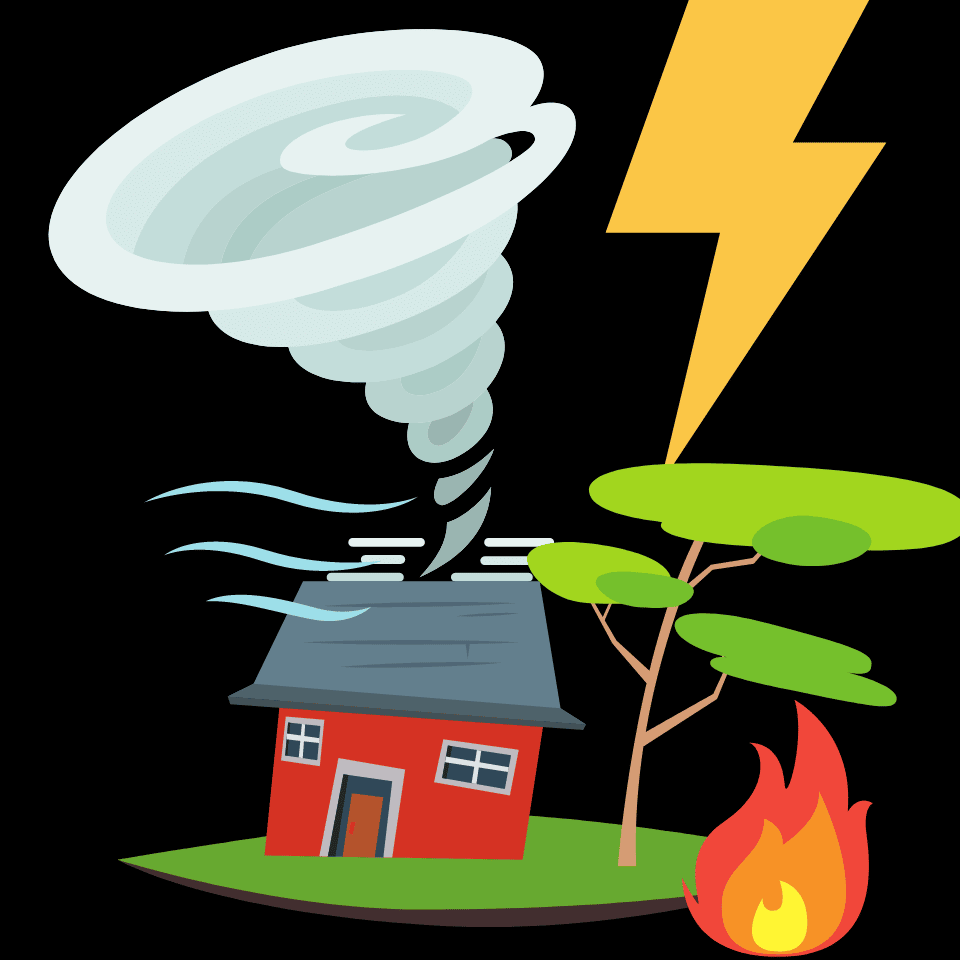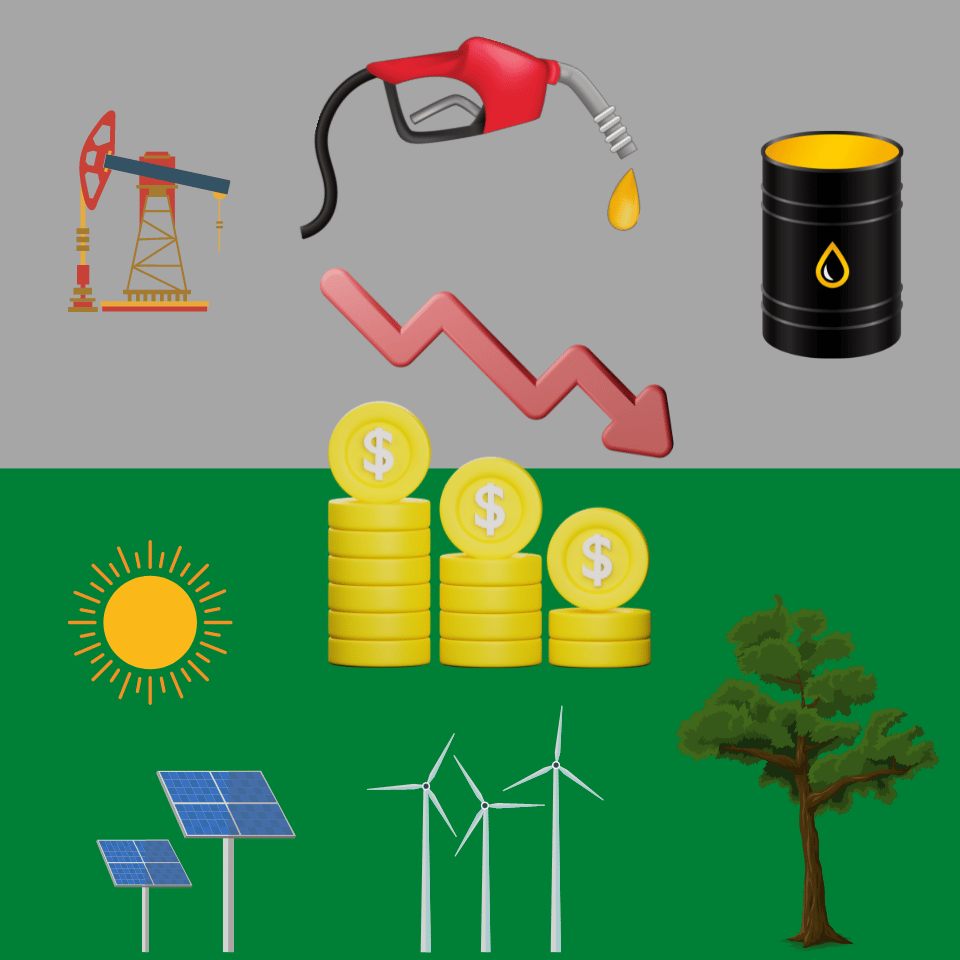Climate Finance Regulation Resource Hub
Stop the Money Pipeline’s Policy Team is a subgroup of our larger coalition that advocates for climate finance regulation and policy at the federal and state levels. We’ve put together this resource hub for anyone interested in learning more about climate finance regulation.
This page is a collaboration between Stop the Money Pipeline, Public Citizen, Positive Money, and Americans for Financial Reform (AFR).
Quick Links:
CLIMATE FINANCE GLOSSARY Inflation and the Price of Oil SEC, ESG, and Investors FSOC and The Treasury Insurance RegulationWhy Climate Financial Regulation (AKA Climate FinReg)?
Most financial institutions are complicit in the climate crisis, simply because governments allow them to finance fossil fuel and deforestation companies. Since 2016, the world’s 60 largest banks have provided $4.6 trillion in financing to fossil fuel companies. The top financiers of fossil fuels globally are US banks — JP Morgan Chase, Citi, Wells Fargo, and Bank of America. All these banks have made public commitments to achieving net-zero by 2050, but continue to finance the dirtiest fossil fuel expansion projects to the tune of billions every year. If the top 18 Wall Street banks and asset managers were a country, they would be the fifth largest emitter in the world.
What’s more, in 2021, the world’s largest financial institutions increased their backing of companies in the agriculture, forestry and land use sectors most responsible for deforestation in 2021. Deforestation is a major source of rising emissions. Banks have pumped $267 billion into forest-risk commodity firms since the signing of the Paris Agreement on climate in 2015.
We can’t rely on financial institutions and their voluntary initiatives alone to defund climate chaos. We need governments to step in and enforce regulations that are aligned with science-based climate goals.
Climate related financial risk is the risk that may result from climate change that could impact the safety and soundness of individual financial institutions and our financial system as a whole. Wall Street firms and insurance companies are not only exposed to the risks of climate change, but also actively exacerbate these climate risks by financing greenhouse gas emissions and environmental degradation through lending, investing, and insuring the fossil fuel and deforestation industries.
PHYSICAL RISK


The risk to people, property, local governments, and businesses arising from acute, climate-related events (such as hurricanes, wildfires, floods, crop failures, and heatwaves), and chronic shifts in climate and the environment (such as higher average temperatures, changes in precipitation patterns, sea level rise, and ocean acidification).
TRANSITION RISK


The risk to certain banks or other sectors arising from the shifts in consumer and business sentiment, policies, or technologies associated with the changes necessary to limit climate change. Such changes could strand carbon-intensive assets and affect the value of other financial instruments. As we transition, dirty fossil fuel assets will drop in value, leaving stranded assets and unpaid loans. This can send a shock throughout the system.
Nature Related Financial Risks: Nature related risk and climate risks are interrelated. For example, climate-induced flooding, wildfires and droughts accelerate habitat and biodiversity loss, while these in turn are key contributors to climate change. Significant losses in habitat and biodiversity also exacerbate the physical risks due to climate change, such as diminishing local wetlands on the Gulf Coast that put nearby communities at higher risk of floods that contribute to land loss. The loss of our natural system, however, presents its own set of challenges and risks to our financial system, and includes the human impact on our natural world beyond climate change.
Environmental degradation is already having profound negative impacts on societies and economies around the world. Biodiversity loss, water scarcity, soil depletion, ocean acidification, chemical pollution, deforestation and other forms of natural systems loss present material risks to both the real economy and the financial sector. These processes amplify and interact with existing social and economic problems, potentially threatening systemic collapse. For example, biodiversity loss from destructive farming practices is already impacting global crop production. Arguably, the likelihood of pandemics is also greatly increased by the destruction of natural ecosystems. Financial regulators should therefore respond to environmental threats beyond climate change.
The cost of unregulated climate risk to our financial system
- Climate-related weather disasters cost the US economy more than $145 billion in 2021. Over the last five years, they have cost $750 billion.
- According to insurance provider Swiss Re, climate change could reduce global GDP by 11- 14 % by 2050 as compared with a world without climate change. That amounts to a $23 trillion loss, causing damage that would far surpass the scale of the 2008 financial crisis.
- Consider the White House Office of Management and Budget’s recent study that found climate change could reduce the economic output in this country by 10%. As such, revenues to the U.S. treasury would fall by 7.1% or $2 trillion a year. For context, the proposed 2023 U.S. budget is $5.8 trillion.
- This year the IPCC warned investors of stranded fossil fuel assets that will amount to $4 TRILLION in a world where warming is limited to 2°C, and even more in a world where it is limited to 1.5°C.
- And now with the passage of the Inflation Reduction Act, the clean energy transition will only speed up. This means that banks are at even greater risk of stranded fossil fuel assets and unpaid loans (see “transition risk” above).
The socioeconomic costs of unregulated climate risk
Just like Wall Street’s predatory loans targeted people of color and caused the 2008 foreclosure crisis, Wall Street is engaging in the same risky behavior. By propping up polluters and deforestation companies that disproportionately target and harm communities of color and low-income communities, financial firms and insurance companies are creating a carbon bubble and propelling us towards a financial crash far worse than that of 2008. This climate-induced financial crisis will upend people’s lives and livelihoods and exacerbate racial and income disparities – further harming communities on the frontlines of our overlapping climate, housing, economic, and public health crises. Regulators cannot let Wall Street’s corporate greed drive us into another financial crisis.
This segment of an NPR article sums up these impacts:
- “Native Americans who experience extreme weather are much more likely to have long-lasting financial problems as a result, compared to other racial and ethnic groups, the survey found. Almost half of Native Americans who were affected by extreme weather in the last five years said their household faced serious financial problems as a result — more than four times the rate of white people.
- Black people who experienced extreme weather experienced financial problems at three times the rate of white people. Respondents who identified as Latino faced financial problems after weather disasters at more than twice the rate of white people.
- And across all racial and ethnic groups, households with income below $50,000 per year suffered weather-related financial problems at more than four times the rate of households who earn more than that amount.
- Those results are backed up by research that finds, after a disaster, mortgage delinquency and debt grow and credit scores fall most in poorer neighborhoods and in communities of color, compared to neighborhoods where most people are wealthier or are white.”
Fortunately, there is a lot that financial regulators can do to protect against these risks and protect the climate and ecosystem from reckless Wall Street institutions. Explore the sections at the top of this page to learn more about climate finance regulation (AKA Climate FinReg).

